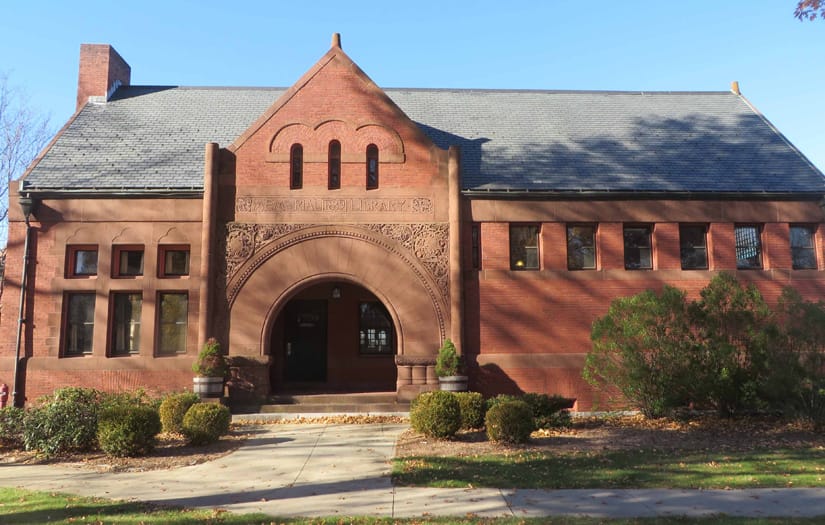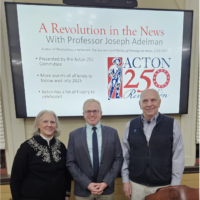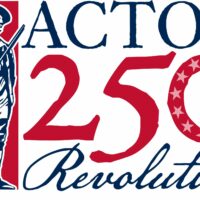The Acton 250 Committee organized its third community event on December 17, a historical walk through the heart of Acton Center. Amy Cole, a local tour guide, historian, and Acton resident, led the walk that explored significant landmarks and shared the rich history embedded in the town center area. The participants consisted of twenty individuals, including Acton Boxborough Regional High School history students.
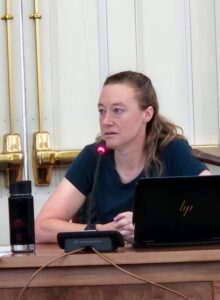
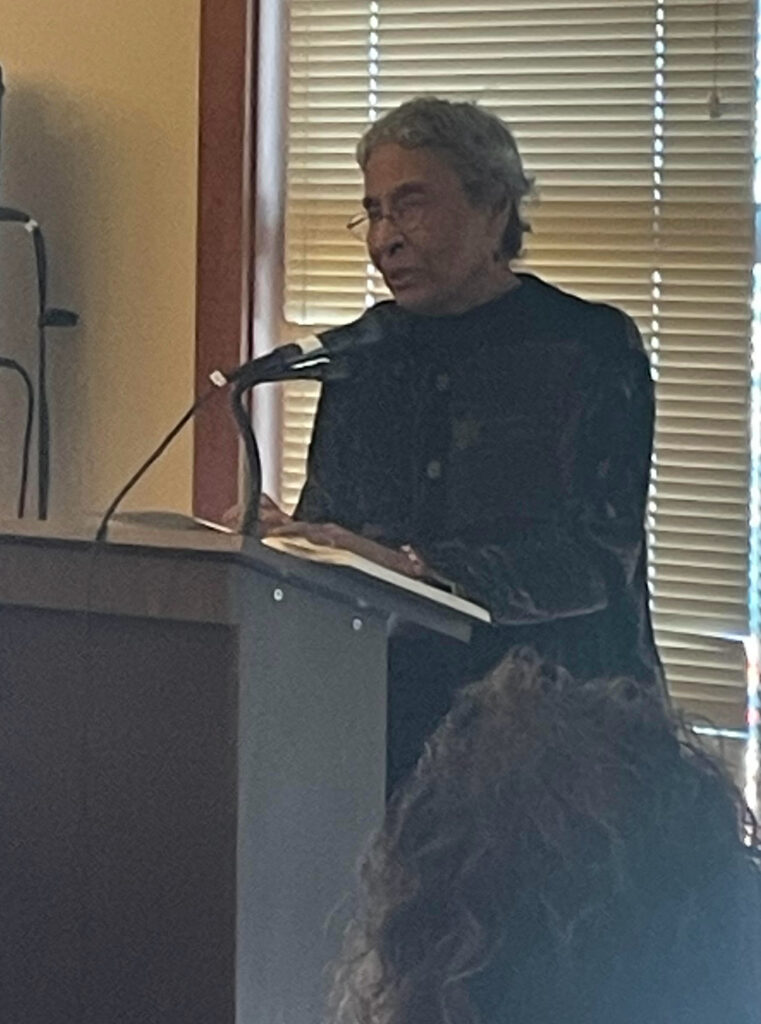


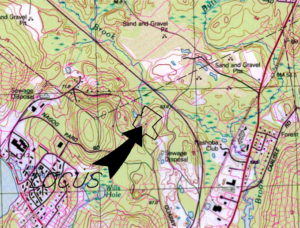
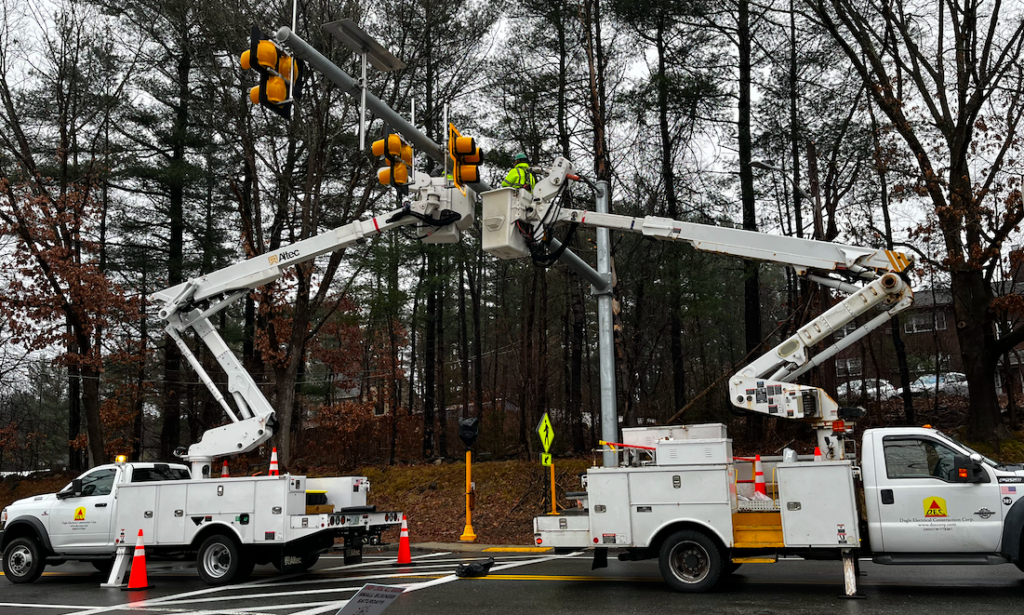
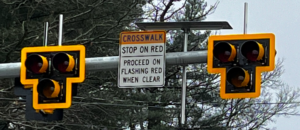
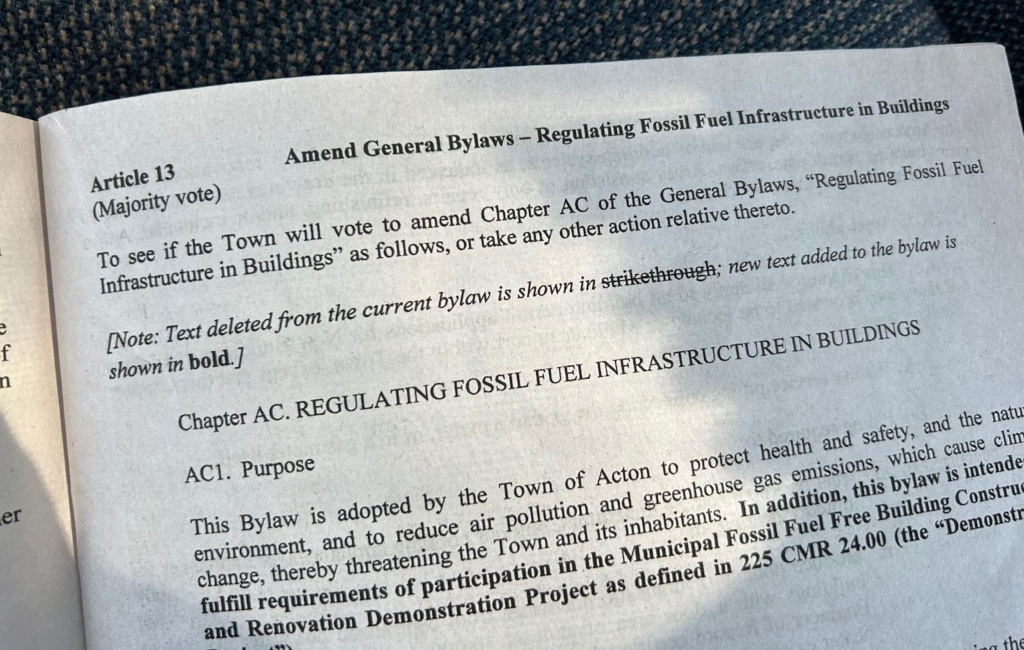
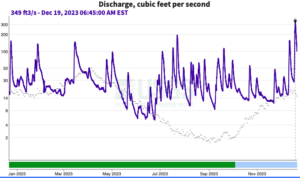
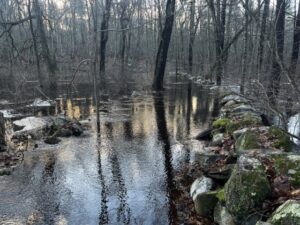
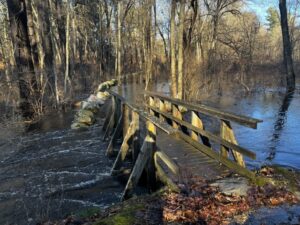
Commencing at Acton Memorial Library, the group examined the glass case that contains Pinehawk Native American artifacts, shedding light on the historical significance of the Pinehawk site (originally situated off what is now Old High Street), a home for Native American communities spanning 7,000 years. Ms. Cole then highlighted the pivotal land grants in 1655 and 1660, deeded to Simon Willard, which paved the way for Acton’s official classification as a town in 1735.
Moving outside the library, the group gathered at the bottom of the parking lots to view the granite pillar marking a key spot on the “Line of March” for Acton’s Minutemen headed to Concord for the battle that began the American Revolution. The exploration next focused on Minuteman Road with its current terminus at the library lots. This road was once Acton’s main street, continuing through the library parking area and playground, and in between the historical homes beyond, crossing over Nagog Hill Road and ending at Meeting House Hill on the current Main Street.
As the group walked up Meeting House Hill, Ms. Cole shared photos and maps that underscored its historical importance as the geographic center of Acton. This spot witnessed the construction of two successive Meeting Houses which served as both places of worship and local governance. Over time, the hill saw transformations, from successive schoolhouses to its eventual abandonment, until the Acton Garden Club took on its stewardship.
Ms. Cole emphasized the evolution of Acton’s center, noting that Main Street, as it is known today, did not exist in the early days. The tour provided glimpses into the town’s changing landscape, including a home which was a schoolhouse in earlier days, the relocation of the colonial era Fletcher home to allow the building of the Acton Memorial Library after the Civil War, and the impact of fires that razed establishments like the Fletcher boot factory and an earlier Town Hall.
The tour concluded with discussion of the center’s monument, erected in 1851, a result of an impassioned campaign led by Reverend Woodbury and supported by Issac Davis’s elderly widow, Hannah. At the monument dedication in the center, a grand ceremony and celebration occurred that included a meal for 1,000 attendees and the respectful transport, viewing, and re-interment of the remains of Issac Davis, Abner Hosmer, and James Hayward from Woodlawn Cemetery.
The tour concluded at the library, this time in the original section, which itself is a tribute to Acton’s Civil War soldiers and victims. Inside are housed paintings of early Acton and other artifacts dating from the Colonial period forward.

